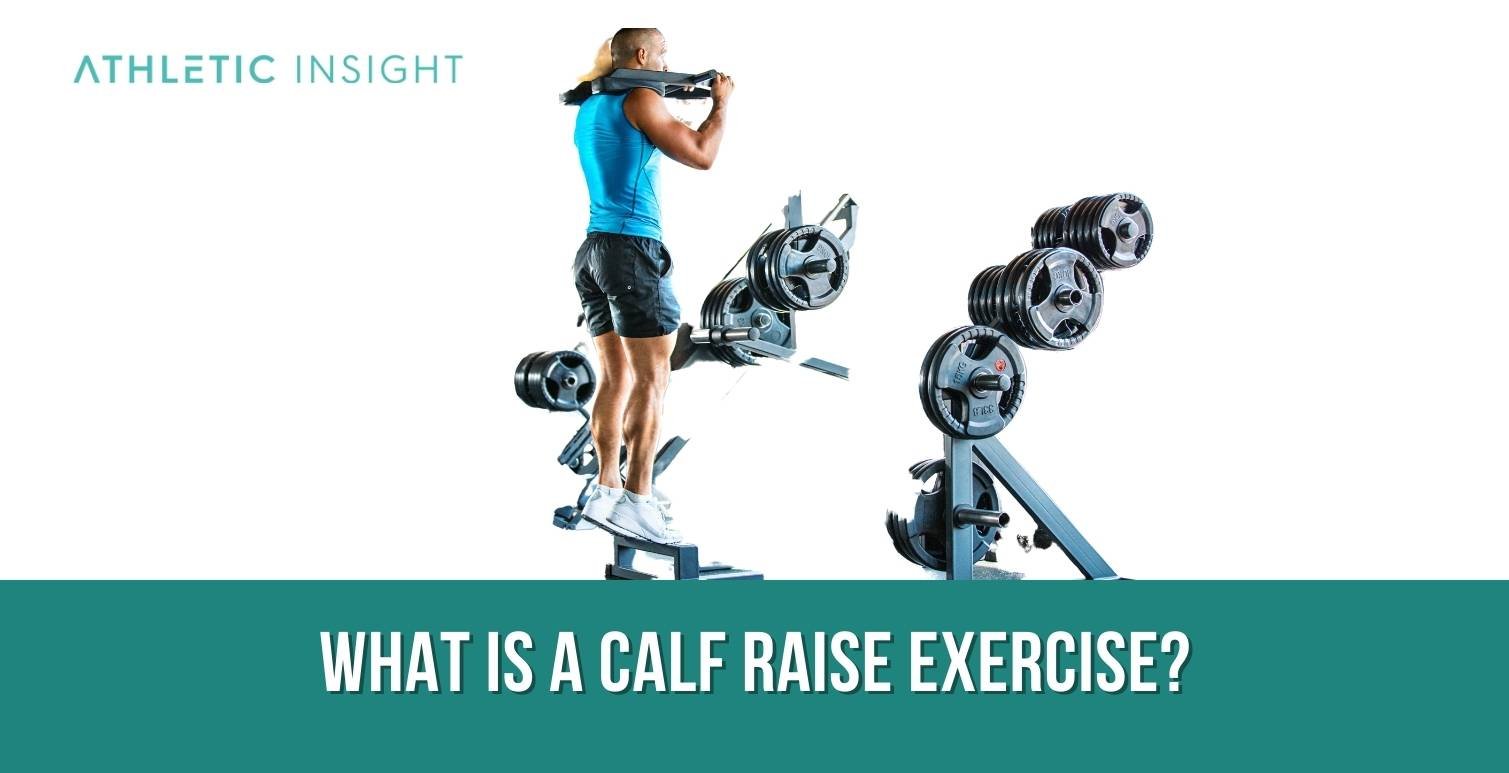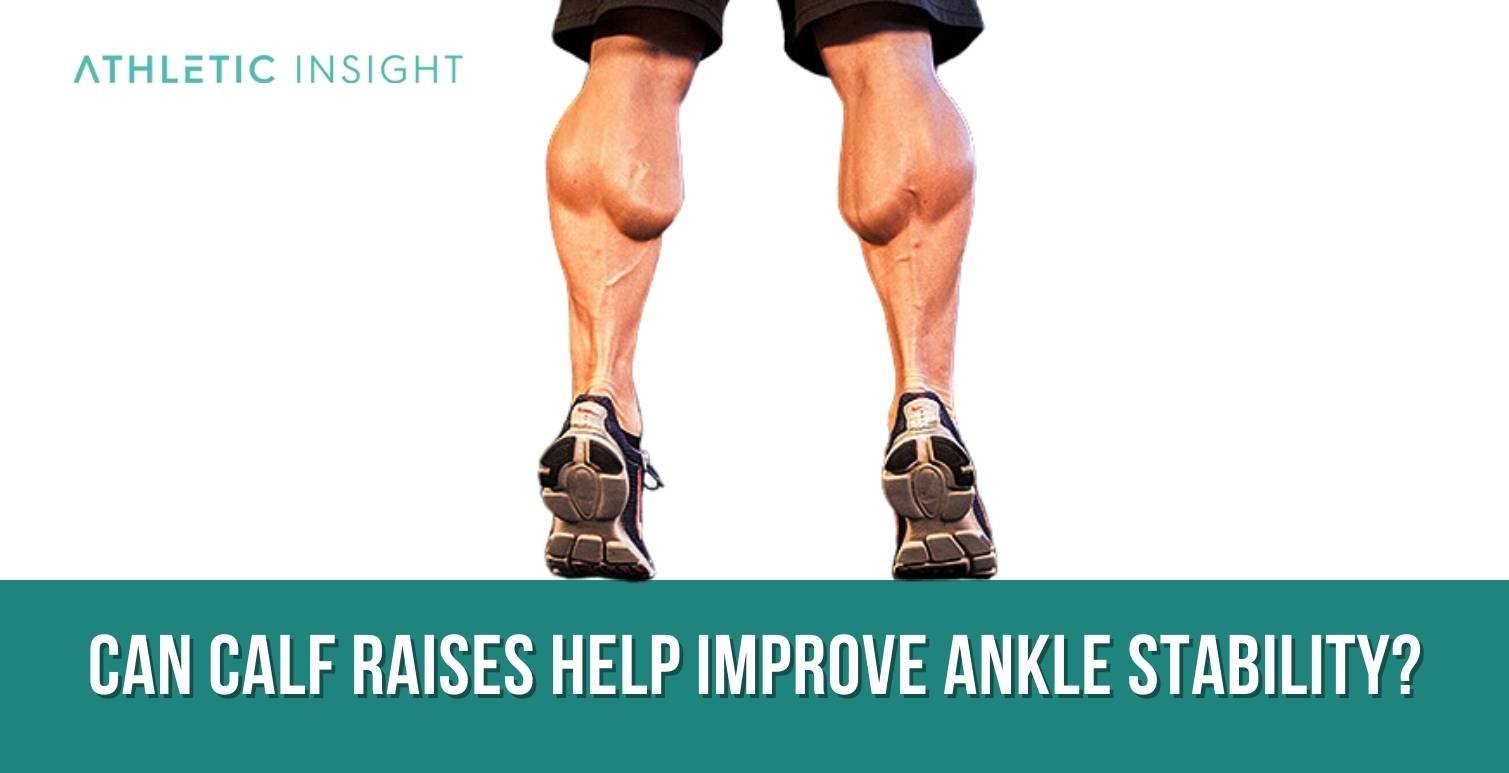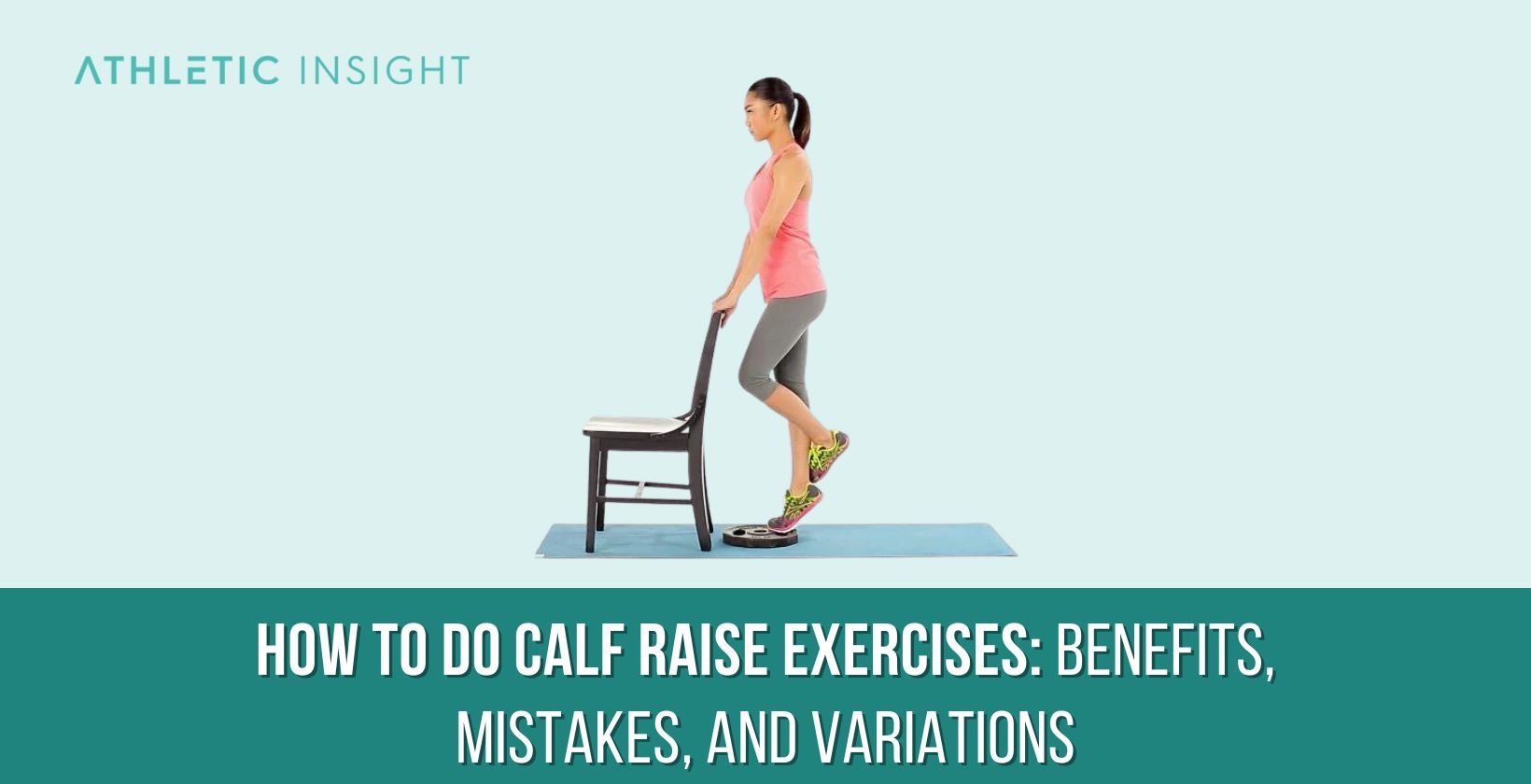Mastering calf raise exercises is essential for enhancing lower leg strength, improving ankle stability, and boosting overall athletic performance. This article discusses the proper technique for performing calf raises, the benefits of this exercise, common mistakes to avoid, and variations to incorporate into your fitness routine. There are five s
- Begin by standing on a level surface and point your toes straight ahead.
- Elevate your heels off the floor to activate your calf muscles.
- Take a momentary pause in the raised position.
- Gradually lower your heels back down to the ground.
- Repeat the exercise for the number of repetitions you desire.
1. Begin by standing on a level surface and point your toes straight ahead.
Starting in a neutral position, stand with your feet hip-width apart and your toes facing forward. Ensure that your posture is erect, with your shoulders pulled back and your core engaged. This proper alignment will facilitate optimal muscle activation throughout the exercise.
2. Elevate your heels off the floor to activate your calf muscles.
Initiate the movement by pushing through the balls of your feet, gradually raising your heels off the ground. Keep your ankles aligned, avoiding any outward or inward rotation. This process contracts your calf muscles, specifically the gastrocnemius and soleus muscles, and enables a full range of motion.
3. Take a momentary pause in the raised position.
Once your heels have reached their highest point, pause briefly to maximize muscle activation. Holding this position will enhance your calf muscles’ endurance and contribute to overall stability and balance.
4. Gradually lower your heels back down to the ground.
Control the descent by slowly lowering your heels back to the ground, maintaining proper ankle alignment. This eccentric phase of the exercise provides additional stimulus for muscle growth and fortifies the tendons and ligaments surrounding the ankle joint.
5. Repeat the exercise for the number of repetitions you desire.
Perform the calf raise exercise for your desired number of repetitions, maintaining consistency in form and tempo. Aim to complete multiple sets to effectively challenge and strengthen your lower leg muscles.
What are the Benefits of Calf Raise Exercise?
Calf raises provide numerous benefits, including improved muscle definition, increased lower leg strength, enhanced balance and stability, better ankle mobility, and injury prevention. By targeting the gastrocnemius and soleus muscles, calf raises contribute to a well-rounded leg workout and promote functional movement patterns.
What are some common mistakes to avoid when performing Calf Raises Exercise?
Some prevalent mistakes to avoid include improper foot placement, lack of ankle alignment, insufficient range of motion, and uncontrolled movement. These errors can lead to reduced efficacy and an increased risk of injury. To optimize your calf raise performance, focus on maintaining proper form and using appropriate equipment, such as a raised platform or resistance bands.
Does Calf Raise Exercise Involve Leg Workouts?
Yes, calf raises are an integral component of a comprehensive leg workout. Although they primarily target the lower leg muscles, calf raises also engage the thighs, glutes, and core to maintain stability and control during the movement.
What is a Calf Raise Exercise?
A calf raise exercise is a lower body movement that focuses on the muscles of the calf, specifically the gastrocnemius and soleus muscles. The exercise is performed by raising the heels off the ground while keeping the toes in contact with the surface, then lowering the heels back down in a controlled manner.

What muscles are targeted by the Calf Raise Exercise?
The primary muscles targeted by the calf raise exercise are the gastrocnemius and soleus muscles, which compose the calf region. These muscles are responsible for plantar flexion of the ankle, which is essential for walking, running, and jumping. Additionally, calf raises engage the tibialis anterior and posterior muscles, which provide support and stability to the ankle joint.
Can you do Calf Raises with bodyweight only, or do you need additional resistance?
Yes, calf raises can be performed using only bodyweight for resistance, making them a versatile and accessible exercise for individuals of all fitness levels. However, for more advanced practitioners, adding resistance through the use of dumbbells, barbells, or resistance bands can further increase muscle activation and promote strength gains.
How many sets and repetitions of Calf Raises should you do?
The ideal number of sets and repetitions depends on an individual’s fitness goals and experience level. For beginners, performing 2-3 sets of 10-15 repetitions is a good starting point. As strength and endurance improve, individuals can gradually increase the number of sets, repetitions, and resistance to continue challenging their calf muscles.
Does the Calf Raise Exercise improve Flexibility?
Yes, calf raise exercises can improve flexibility by encouraging a full range of motion in the ankle joint. Stretching the calf muscles and Achilles tendon during the eccentric phase of the exercise helps promote flexibility, which may aid in injury prevention and enhance overall athletic performance.
Can Calf Raises help improve ankle stability?
Yes, calf raises can contribute to improved ankle stability. By strengthening the muscles surrounding the ankle joint, calf raises help enhance balance and proprioception, which are crucial for injury prevention and maintaining proper form in various athletic activities.

What are the Calf Raise Exercise Variations?
There are numerous calf raise variations that can be incorporated into your fitness routine to target different aspects of the calf muscles and prevent boredom. Some popular calf raise variations include seated calf raises, double leg calf raises, single leg calf raises, calf raises on a step or elevated surface, calf raises with resistance bands, farmer’s walk on toes, and calf raises on a leg press machine.
- Seated calf raises
- Double leg calf raises
- Single leg calf raises
- Calf raises on a step or elevated surface
- Calf raises with resistance bands
- Farmer’s walk on toes
- Calf raises on a leg press machine
What are some calf raise alternatives?
A calf raise alternative is any leg exercise other than calf raises, that targets the calves. If you are looking to target the calf muscles, primarily the gastrocnemius and soleus muscles, you can follow these calf raise alternatives.
- Jump Rope
- Box Jumps
- Tip Toe Farmer’s Walk
- Plate Pushes
- Ankle Jumps
- Jogging
Can you perform Calf Raises with a barbell?
Yes, you can perform calf raises with a barbell. Utilizing a barbell adds resistance to the exercise, increasing muscle activation and promoting strength gains. Place the barbell across your upper back and shoulders, ensuring proper positioning and grip before executing the calf raise movement.
Can Calf Raises help with Sport Performance?
Yes, calf raises can positively impact sport performance. Strong and stable calf muscles contribute to enhanced balance, agility, and power, all of which are essential for various athletic activities. Incorporating calf raises into your training regimen may lead to improvements in sprinting, jumping, and overall lower body function.



